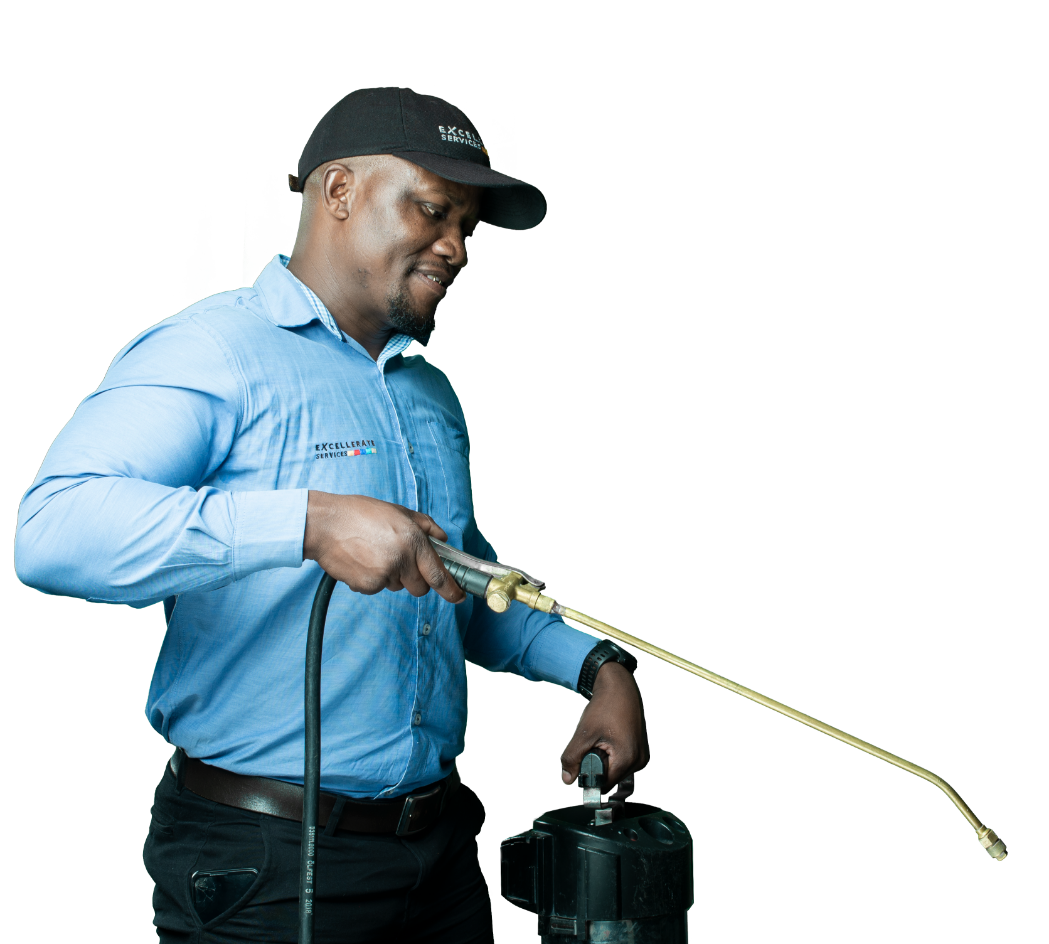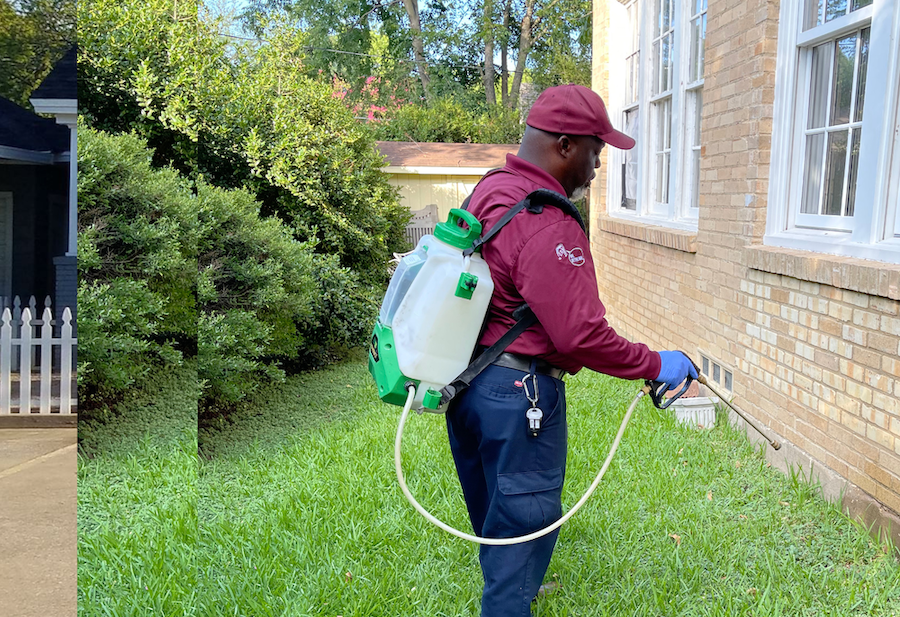Professional Pest Control for complete pest management pest-free year-round.
Eco-Friendly Parasite Control Approaches for Taking Care Of Wildlife in Urban Areas
Urban areas usually discover themselves at the intersection of human activity and wild animals, leading to unique obstacles in pest administration. These methods not only secure the atmosphere however likewise enhance neighborhood involvement in wildlife monitoring. As city populaces proceed to grow, recognizing the dynamics of wild animals communications becomes significantly essential.
Recognizing Urban Wild Animals Characteristics
Recognizing Urban Wildlife Dynamics is necessary for creating reliable and green bug control approaches. Urban locations are increasingly coming to be environments for different wild animals varieties, driven by elements such as habitat fragmentation, food schedule, and human advancement. Identifying these dynamics allows for a nuanced method to pest management that straightens with environmental concepts.
Urban wildlife typically consists of types such as raccoons, squirrels, and birds, which adapt to city atmospheres, finding niches in environment-friendly spaces, parks, and even suburbs. Their existence can cause problems with human beings, specifically when they exploit personnels for food and shelter. Understanding the behaviors and ecological duties of these types notifies techniques that reduce negative communications while advertising biodiversity.
Moreover, acknowledging the interdependencies within urban ecosystems helps in recognizing critical locations for habitat conservation and reconstruction. This understanding adds to the development of incorporated parasite administration (IPM) methods that consider the eco-friendly balance, thus lowering dependence on harmful chemicals. By cultivating conjunction between people and metropolitan wild animals, cities can produce healthier settings that profit both citizens and neighborhood communities, paving the means for sustainable city living.
Natural Repellents and Deterrents
Natural repellents and deterrents use a sustainable option to traditional parasite control methods by using the power of nature to maintain undesirable species away. These green remedies commonly use plant-based active ingredients, essential oils, and other normally occurring materials that discourage pests without hurting the setting.
One effective natural repellent is peppermint oil, which is understood to ward off rodents and insects. Its solid fragrance is unpleasant to many parasites, making it a popular option for metropolitan setups. Vinegar and citrus peels can serve as deterrents, as their solid smells are commonly unattractive to various wild animals.
Furthermore, diatomaceous earth is an all-natural powder that can be spread in areas susceptible to parasite activity, efficiently drying out and discouraging pests without posturing risks to non-target types. In addition, garlic sprays and neem oil are acknowledged for their capacity to push back a variety of insects, including both insects and bigger wild animals.
Executing these all-natural repellents not just minimizes dependence on chemical pesticides yet likewise advertises a much healthier urban community, cultivating an extra well balanced coexistence between people and wildlife. By using these approaches, urban locations can successfully take care of bug populaces while decreasing ecological impact.
Habitat Modification Strategies
Reliable habitat adjustment methods play a vital duty in sustainable insect monitoring by changing the setting to make it much less for pest invasions. By recognizing the ecological dynamics of urban areas, residential property owners can implement strategic adjustments that prevent bugs while promoting biodiversity.
(Ant control Port Charlotte)One primary strategy includes keeping appropriate cleanliness. This consists of normal waste elimination, securing garbage can, and getting rid of standing water to lower reproducing websites for insects and rodents. Additionally, landscaping techniques such as selecting native plants can enhance eco-friendly equilibrium, giving environments for valuable organisms while minimizing sources for parasites.
Another vital technique is to seal access factors in structures. Checking and fixing splits in structures, wall surfaces, and windows can considerably minimize bug access. Furthermore, producing physical barriers, such as fencings or plant buffers, can inhibit wildlife motion right into human-inhabited locations.
Integrated Pest Monitoring Practices
Building upon environment alteration techniques, integrated bug administration (IPM) methods offer an alternative technique to regulating insect populations while minimizing environmental influence. IPM combines numerous methods, including organic, cultural, mechanical, and chemical controls, to accomplish reliable insect monitoring.
Biological control involves the introduction of natural predators or bloodsuckers to reduce bug populaces. Social methods, such as plant rotation and hygiene, interfere with pest life process and reduce their environments - Pest control service. Mechanical controls, like traps and obstacles, offer prompt remedy for parasite pressures without chemical intervention
Chemical controls are used as a last option, concentrating on targeted applications that restrict injury to non-target varieties and the setting. The selection of ecologically friendly pesticides, when required, is important to the IPM structure. Additionally, monitoring bug populaces and analyzing possible damage helps educate decision-making, ensuring that interventions are timely and reliable.
Area Participation and Education

(Bee Control)Workshops and informational sessions can equip residents with expertise regarding native species, habitat preservation, and effective safe bug administration methods. Collaboration with schools, regional companies, and government companies additionally improves instructional outreach, making certain that vital details reaches varied audiences.
Moreover, community-led campaigns, such as community clean-up days and habitat reconstruction projects, not just advertise biodiversity however additionally enhance community connections. Pest Control. By motivating residents to share their experiences and monitorings, neighborhoods can develop targeted strategies that deal with details regional insect concerns
Incorporating comments from citizens into parasite monitoring prepares allows an extra receptive and adaptive method to wildlife difficulties. Eventually, notified and involved communities are key to achieving long-term success in environmentally friendly pest control, causing much healthier metropolitan settings that appreciate both human and environmental demands.

Verdict
Finally, basics environment-friendly insect control comes close to deal lasting remedies for handling urban wildlife. By focusing on environment modification, using natural repellents, and carrying out incorporated insect management practices, communities can cultivate a harmonious conjunction with local fauna. Additionally, involving citizens via education and learning improves awareness and encourages accountable wild animals interactions. Ultimately, these approaches not only secure biodiversity but likewise promote ecological wellness, guaranteeing metropolitan locations remain dynamic ecosystems where humans and wild animals grow with each other.